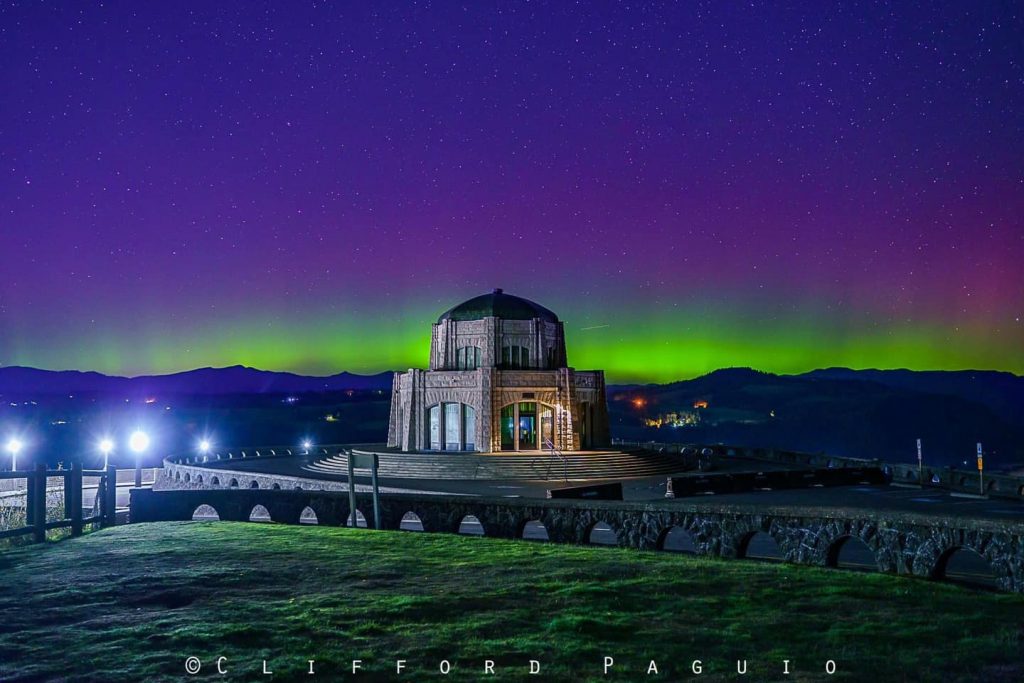A captivating natural phenomenon is set to grace the skies of 17 American states on Thursday as a solar storm creates the perfect conditions for the Northern Lights to appear. The Northern Lights, also known as aurora borealis, are a stunning display of colorful lights that occur when solar wind interacts with the Earth’s atmosphere.

While the Northern Lights are typically seen in regions like Alaska, Canada, and Scandinavia, the current 11-year solar cycle, expected to peak in 2024, is expanding the visibility of these lights to areas farther south. Just three months ago, the lights were visible in Arizona, marking the third severe geomagnetic storm since the beginning of the current solar cycle in 2019.
The Geophysical Institute at the University of Alaska in Fairbanks has predicted auroral activity on Thursday in several U.S. states, including Alaska, Oregon, Washington, Idaho, Montana, Wyoming, North Dakota, South Dakota, Minnesota, Wisconsin, Michigan, New York, New Hampshire, Vermont, Indiana, Maine, and Maryland. Additionally, Canada, including Vancouver, is also forecasted to experience auroral activity.
Specifically, the light displays are expected to be visible overhead in Milwaukee, Minneapolis, and Helena, Montana. They will appear lower on the horizon in Salem, Oregon; Boise, Idaho; Cheyenne, Wyoming; Annapolis, Maryland; and Indianapolis, according to the Geophysical Institute.
To witness the Northern Lights, it is recommended to get away from city lights, as light pollution can hinder visibility. The best viewing times are between 10 p.m. and 2 a.m. local time, as stated by the National Oceanic and Atmospheric Administration’s Space Weather Prediction Center.
The Northern Lights occur when the Earth’s magnetic field interacts with a magnetic solar wind, causing atoms in the upper atmosphere to emit a glowing light. The lights can appear suddenly, and their intensity can vary.
Auroral activity is measured on a geomagnetic index known as Kp, which ranges from zero to nine. A higher Kp value indicates more active and brighter auroras. The Geophysical Institute has forecasted a Kp 6 for the solar storm expected on Thursday.
Don’t miss this extraordinary opportunity to witness the mesmerizing dance of the Northern Lights. Find a suitable location away from city lights, keep an eye on the predicted viewing times, and prepare to be awed by the beauty of this natural spectacle.




